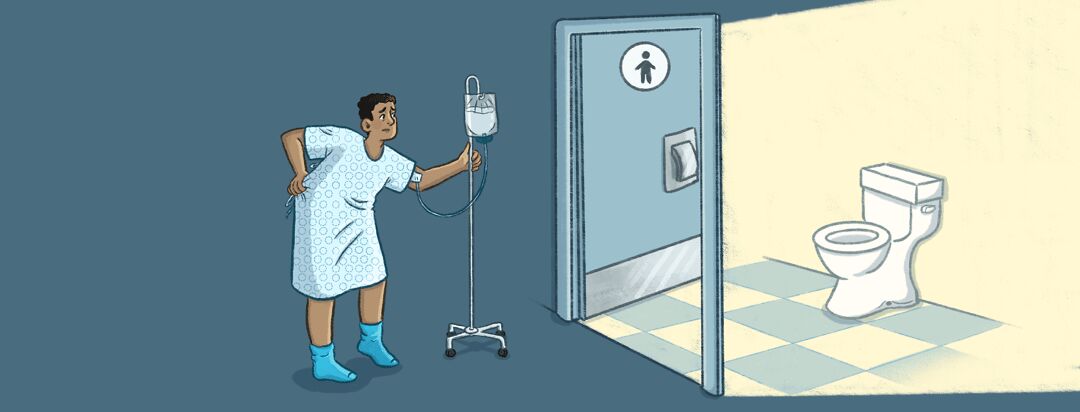Getting a Subcutaneous ICD
I was diagnosed with dilated cardiomyopathy at the end of the summer of 2014. The doctors told me to stop exercising and start a medication regimen. They were hoping that if I stopped exercising and started taking medications my ejection fraction would go up. My ejection fraction was 10% when they diagnosed me. My cardiologist said we would redo my echocardiogram to see if any changes were made in a few months.
After doing research on dilated cardiomyopathy, I found the life expectancy was about 5 years. In my mind, I had received the ultimate death sentence because of what I read online. I can admit this was unsettling to me and I didn’t really know what to expect.
Lifestyle changes due to heart failure
I was not sure what to expect, or how it would be, because I had been prepping for fitness shows the whole year. For those who don’t know, I used to do fitness shows where we would be judged on how our bodies looked. That means going to the gym twice a day and being on a high-protein diet. I used to be a personal trainer as well. So not being able to go to the gym was really hard for me.
I was told to stop exercising in September and the medications carvedilol, warfarin, and a baby aspirin were prescribed to me. It was so weird to me to be taking daily medication at first, but I eventually got acclimated to it.
Getting used to having a heart condition was very difficult because I was introduced to limitations. I could not live the way I used to live anymore, the gym was out of the question, and going to sleep at night was scary. I don’t know, but to me, dilated cardiomyopathy meant that my heart could stop any second. It took me a while to get a good night's rest without worrying.
The second echocardiogram
When I went back to my appointment in December I just knew the echocardiogram would show a healed heart because I hadn’t been exercising or lifting weights for 3 months. I took the medicine prescribed to me by my doctors so I felt like everything should be good. I said a final prayer before the echocardiogram started and went to the room. I got undressed from the waist up and then began the echocardiogram.
Results
When we got the results back from the exam, the news was not good. My ejection fraction had only gone up to 20% and my cardiologist recommended I get a defibrillator as a preventive measure. He told me that I didn’t need it to help pace my heart, but in case I went into cardiac arrest.
When the surgeon came to speak to us, he told us about the traditional Implantable Cardioverter Defibrillator (ICD) and the subcutaneous ICD. The traditional ICD goes in the chest and the S-ICD was less visible and it was new at the time. The S-ICD is underneath the skin and is the same as the traditional ICD except its located under the armpit and to the side of the chest. I chose the S-ICD because it was less invasive than the regular one. When they introduced the S-ICD to me the surgeon was the only one in the area who could perform the surgery. I was only his third case because it was so new.
Getting a subcutaneous ICD
The day of surgery came and I was nervous because it was my first surgery as an adult. The last surgery happened when I was a 4-month-old and had a hernia. My heart was so weak that the surgeon suggested that they give me enough sedation to put me at twilight and not full sedation.
After the surgery, the surgeon told me that it was a textbook case and that everything went according to plan. I was relaxing after the surgery when I had to use the bathroom. You wouldn’t believe the nurses made me get up and walk to the bathroom. I was thinking maybe these nurses didn’t get the memo that this was the recovery floor we were on. The nurses turned out to be doing their jobs, if you stay in bed too long you are susceptible to getting blood clots. That's why Heprin is sometimes necessary for those who are stuck in the hospital bed and why you need to get up and walk on long flights.
It was time for bed and I was in so much pain, so my nurse gave me morphine. It felt like my heart had stopped and like I didn’t have any feeling in my legs.
ICD to transplant
I had the S-ICD for the duration of my heart journey until I got transplanted on February 2, 2020. It changed the way I traveled because I couldn’t go through metal detectors anymore due to me having metal in me. I could truly say that I never had any issues with the device, and thankfully it never had to be used.

Join the conversation